
Ensuring a Future for Vietnam’s Primates
Quick facts:
Location: Ninh Binh, Vietnam
Facility type: Primate sanctuary
Opportunities: Visits
Welcome to the Endangered Primate Rescue Centre (EPRC)
EPRC is a specialised sanctuary dedicated to the rescue, rehabilitation, and conservation of endangered primates. Located within Cúc Phương National Park, the centre is home to over 180 primates from 15 rare and critically endangered species, including langurs, lorises, and gibbons. Many of these primates have been rescued from the illegal wildlife trade or have been confiscated from poachers.
Visitors can join guided tours to learn about the primates and the challenges of wildlife conservation in Vietnam.
The highlight of my visit here was standing in their facility and hearing the loudest gibbon song I have ever heard. I couldn’t see the gibbons, but I could feel that song in my bones. Truly I think it’s worth visiting even just for this experience.
My honest thoughts on the experience:
This centre is not optimised for eco-tourism. You have a tour around the enclosures but there is minimal information available and our guide didn’t speak a lot of english. This means if I didn’t already know a lot about them I probably would have felt a bit confused about what they do exactly.
So why do I recommend visiting anyway? Because EPRC creates genuine IMPACT in the world of primate conservation (see the follow section of this page) and although tourism is not their main priority, by supporting what they do have on offer can help push primate tourism in the right direction and show a genuine demand for ethical experiences.
For many of us this could also be our only chance to see some of these primates. While I don’t generally endorse using animals for display, it is true that seeing them firsthand can really helps us connect with and want to protect them. So if we can do this at a facility genuinely prioritising conservation, maybe it’s a powerful way to educate and inspire ourselves.
What IMPACT does EPRC have?
The Cuc Phuong National Park
This is Vietnam’s FIRST national park and its largest nature reserve. So naturally, it’s home to some incredible conservation facilities:
Endangered Primate Rescue Centre (EPRC)
Turtle Conservation Centre (TCC)
Save Vietnam’s Wildlife (SVW)
Here’s how I’d plan the perfect day if I were going back:
-
Arrive early and visit EPRC and TCC from 8:30–10 AM.
EPRC: Hearing the gibbons sing in the semi-wild area was the highlight for us. It happened just after the facility reopened post-lunch. I’d bet the same happens right when they open at 8:30 AM—so head here first.
TCC: This self-guided tour took us the longest. We loved just watching the turtles and snapping photos.
-
Take a stroll around the rest of the National Park. You can check out the size of the EPRC semi-wild area, wander the forest, and enjoy the vibes (and butterflies!).
-
Drive back into town (about 1 hour) for lunch or other activities. There’s not much else to do in the park during this time, so it’s worth breaking up your day.
⭐ BONUS TIP! On your way back, stop by the Bear Sanctuary. You can easily combine it with your visit to the National Park.
-
Either later that same day or another evening, return to the National Park to visit SVW and see the nocturnal carnivores. Then tell me all about it—I need to go back just to experience this myself!
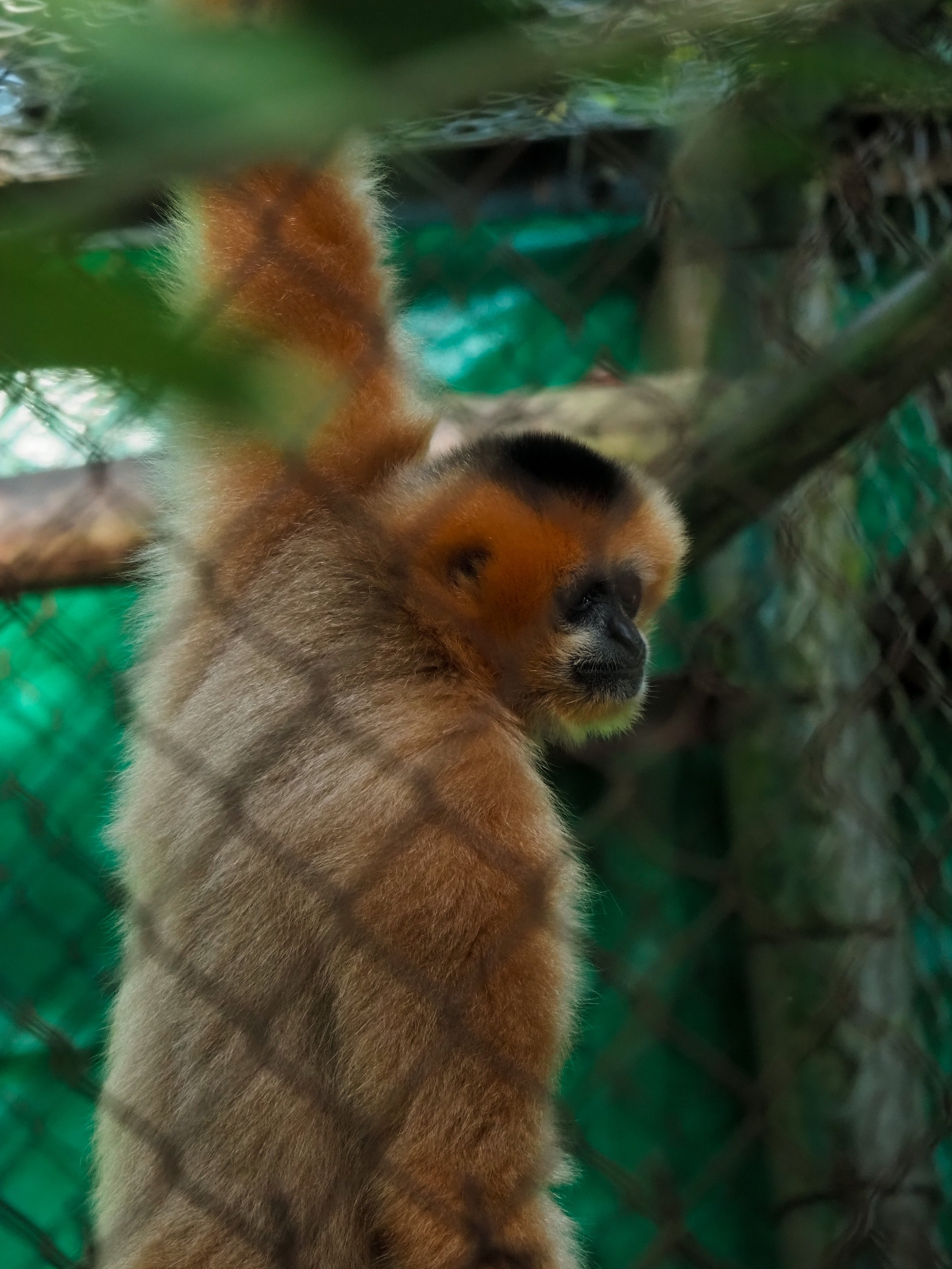



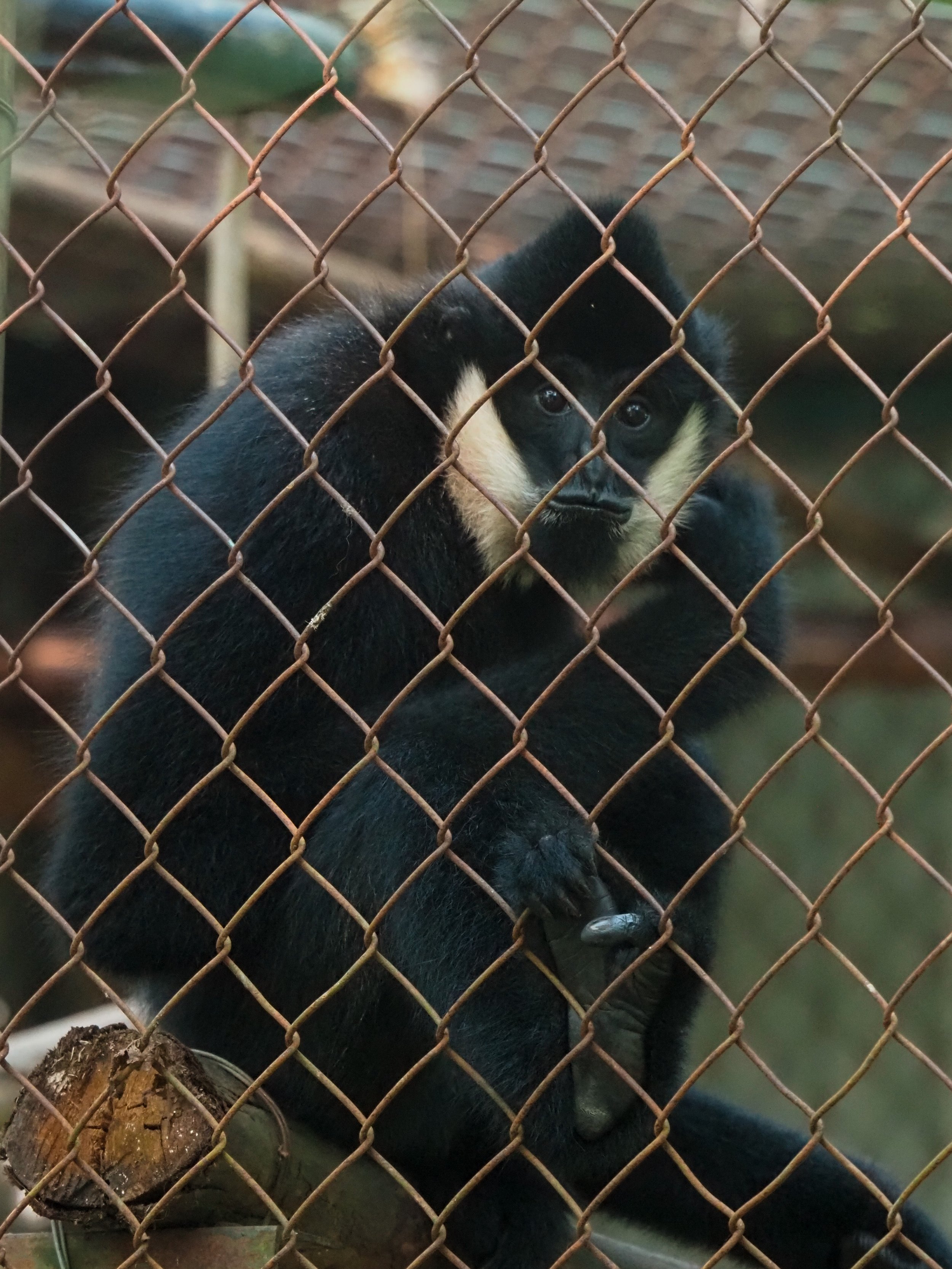

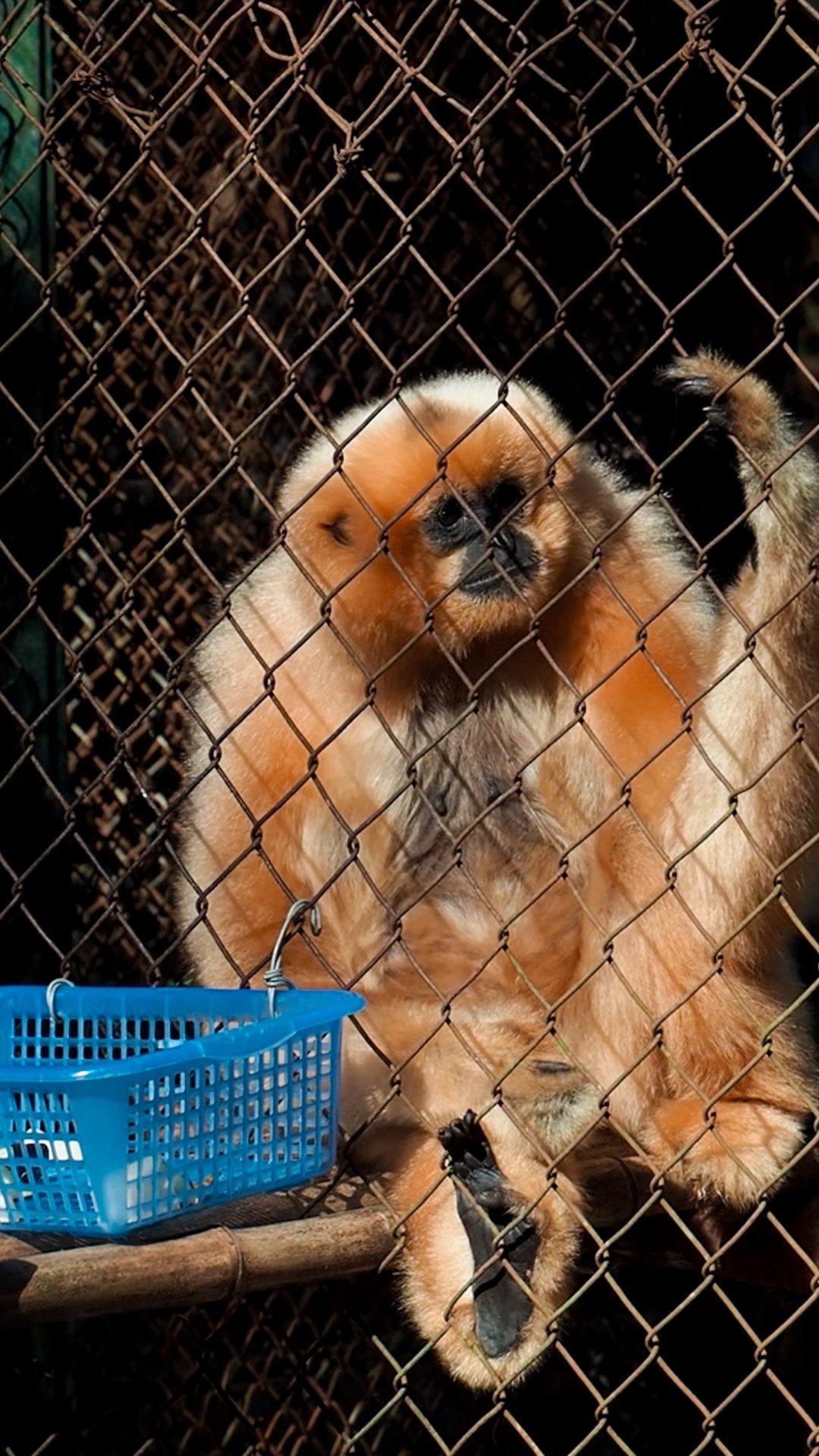





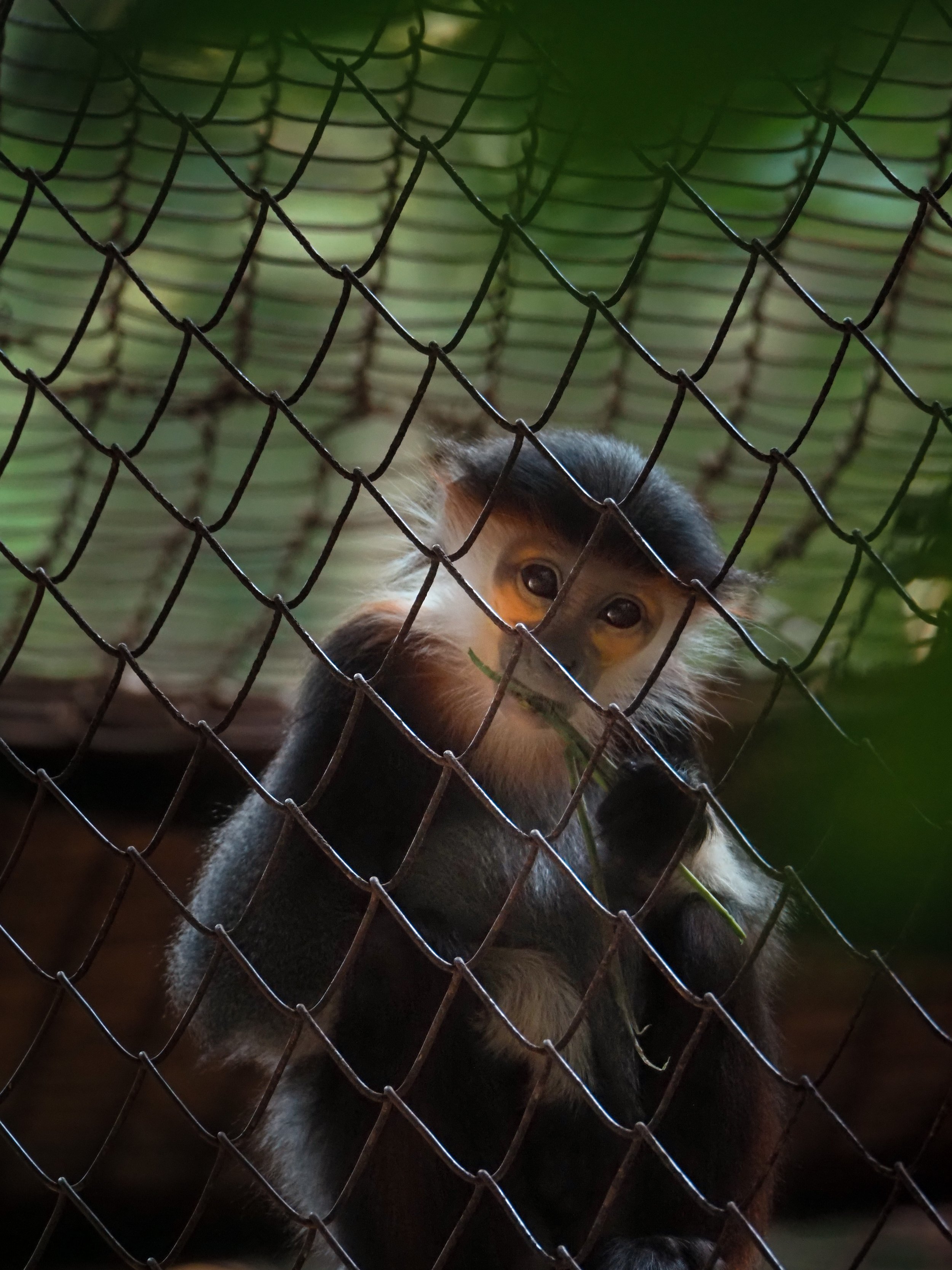

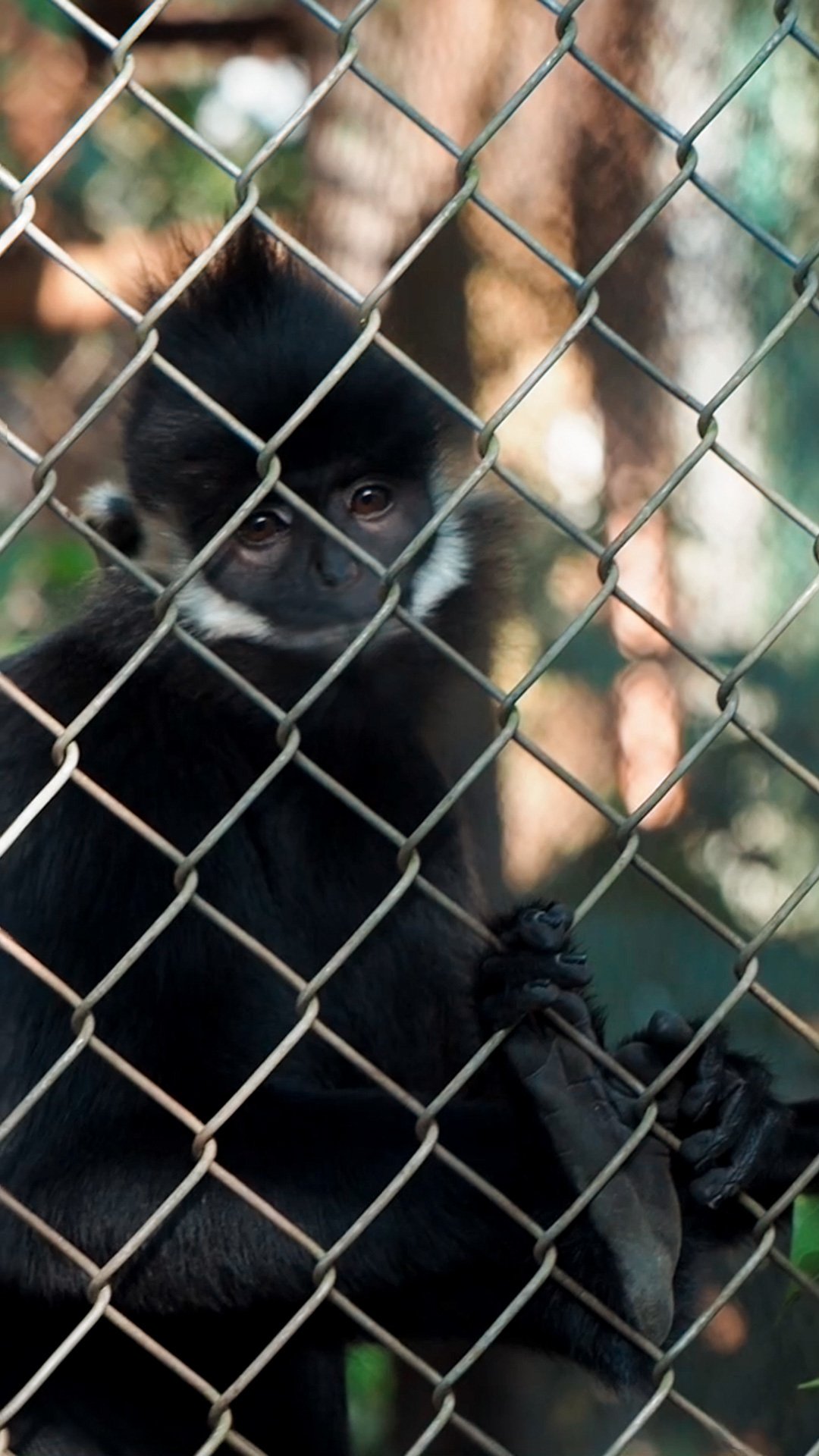
How to Support EPRC
-
You can donate to EPRC and support their work in primate conservation HERE.
-
If you’re looking for a personalised donation, you can sponsor one of EPRCs primates HERE. This can also make a great gift for the animal lovers in your life.
-
If you’re looking to give your money to something more tangible, then you can support specific campaigns EPRC are running HERE. For example, at the time of writing this they are fundraising to build semi-wild enclosures for the rescued Loris’ which would vastly improve their rehabilitation process.





